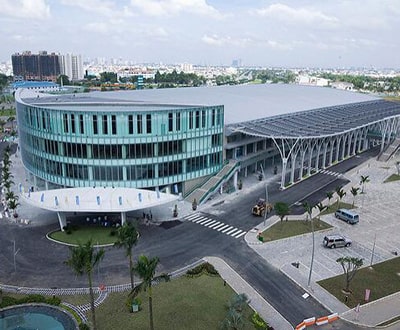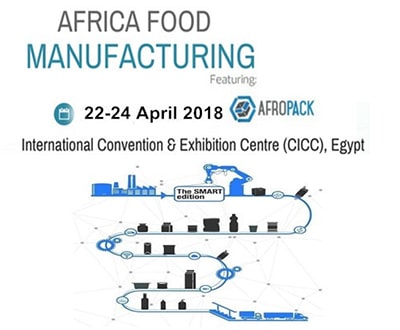How to Integrate a Chocolate Packing Machine into Your Production Line
Introduction
In the competitive chocolate industry, efficiency and productivity are paramount. Integrating a chocolate packing machine into your production line can streamline packaging processes, reduce labor costs, and enhance overall production capabilities. This article provides a comprehensive guide on how to effectively integrate a chocolate packing machine into your production line.
Planning and Evaluation
Define Production Needs: Determine the desired packaging speeds, formats, and material requirements to meet your specific production goals.
Analyze Production Layout: Review the existing layout and identify optimal placement for the packing machine, considering workflow and accessibility.
Select the Right Machine: Research different types of chocolate packing machines available, such as flow wrappers, overwrappers, and baggers, and choose one that aligns with your requirements.
Installation and Setup
Prepare the Site: Ensure the installation location has adequate space, electrical connections, and compressed air supply.
Install the Machine: Follow the manufacturer’s instructions for installing the packing machine securely and levelly.
Configure Settings: Calibrate the machine according to the desired packaging specifications, including temperature, sealing pressure, and product orientation.
Integration with Existing Lines
Connect to Conveyors: Integrate the packing machine with existing conveyors using conveyor belts or transfer systems to ensure seamless transfer of chocolates.
Synchronize Speeds: Adjust the speed of the packing machine to match the production line’s speed, ensuring consistent packaging output.
Establish Quality Control Measures: Implement inspection systems to monitor packaging quality, reject defective packages, and maintain brand reputation.
Optimization and Maintenance
Train Operators: Provide thorough training to operators on the safe operation and maintenance of the packing machine.
Regular Maintenance: Schedule regular maintenance intervals to clean, lubricate, and replace worn parts, ensuring optimal performance.
Continuous Improvement: Monitor the performance of the packing line and identify areas for improvement, such as reducing downtime or increasing packaging efficiency.
Benefits of Integration
Increased Productivity: Automated packaging processes reduce manual labor, allowing for faster and more consistent packaging rates.
Reduced Operating Costs: Labor cost savings and increased efficiency lead to reduced overall production expenses.
Improved Product Quality: Precise packaging ensures consistent product protection and presentation, enhancing product shelf life and consumer satisfaction.
Enhanced Hygiene: Automated packaging processes minimize human contact with food products, improving hygiene and product safety.
-
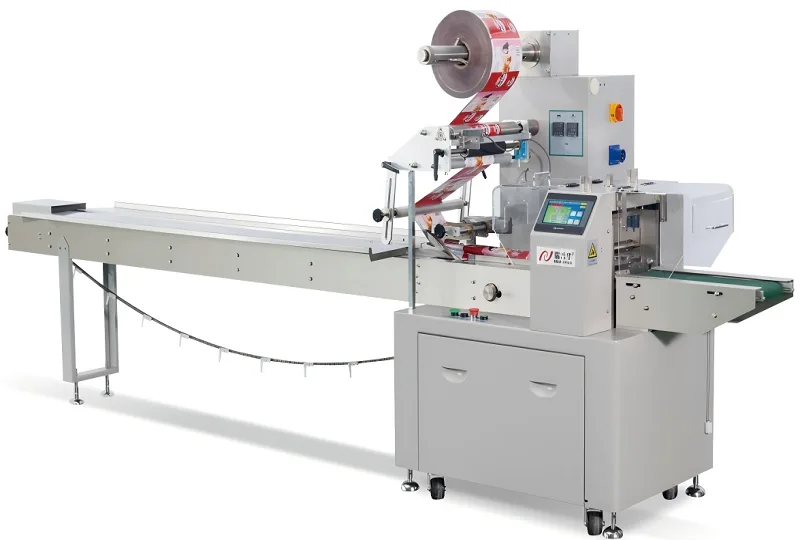 01
01Automatic Tray Loading and Packaging Equipment: Boost Efficiency to 160 Bags/Minute
21-11-2025 -
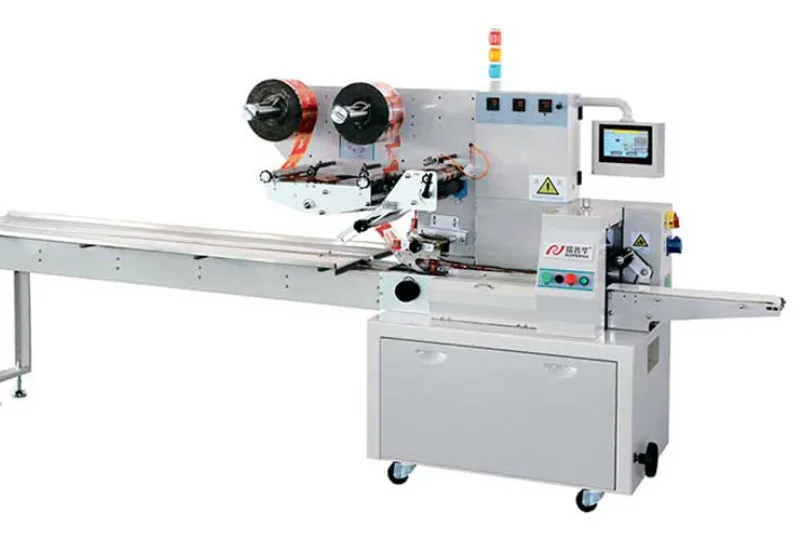 02
02Automatic Soap Packaging Machine: Boost Productivity with 99% Qualification Rate
21-11-2025 -
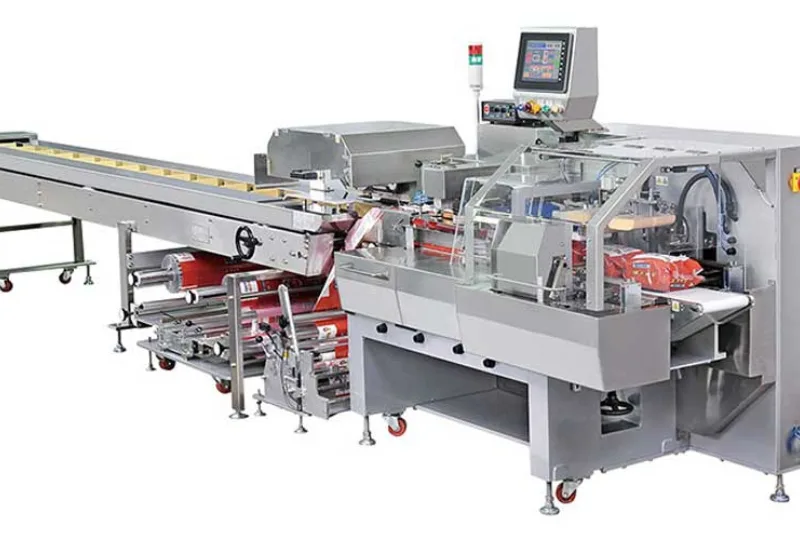 03
03A Deep Dive into Automatic Toast Processing and Packaging System
18-11-2025 -
 04
04The Future of Bakery Production: Automated Toast Processing and Packaging System
18-11-2025 -
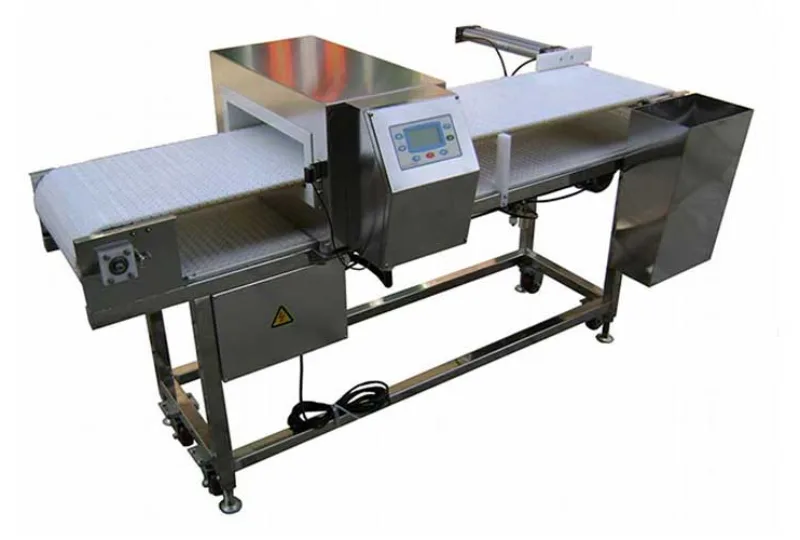 05
05Reliable Food Packaging Solutions with China Bread, Candy, and Biscuit Machines
11-10-2025 -
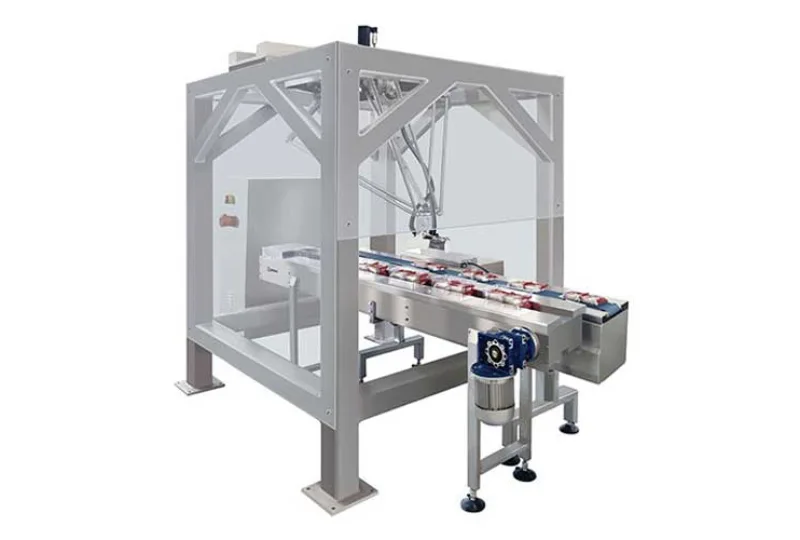 06
06High-Performance Automated Food Packaging Equipment for Modern Production
11-10-2025 -
 07
07Reliable Pillow Packing Machines for Efficient Packaging Operations
11-10-2025 -
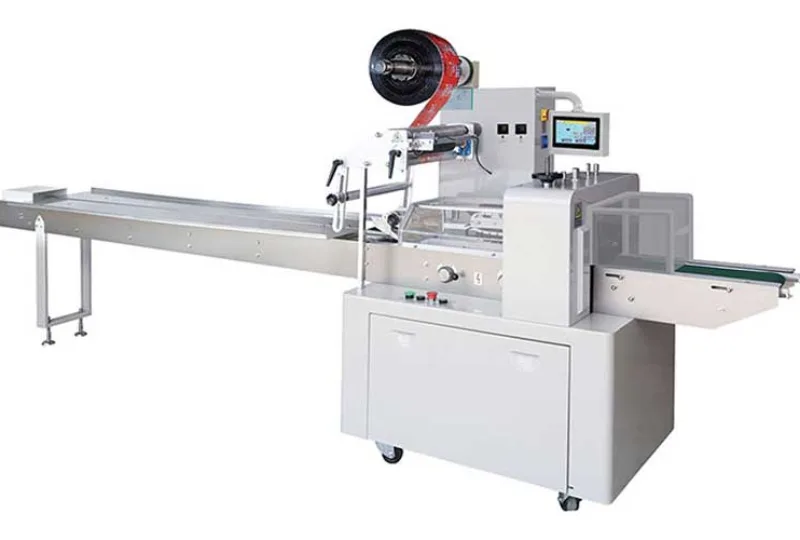 08
08Advanced Fully Automatic Packaging Solutions for Efficient Production
11-10-2025 -
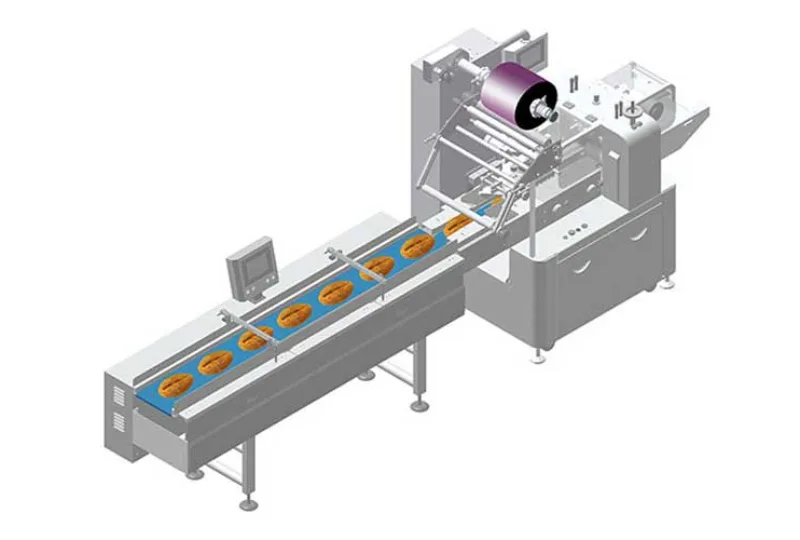 09
09Efficient Automatic Food Packaging Solutions for Modern Production
11-10-2025 -
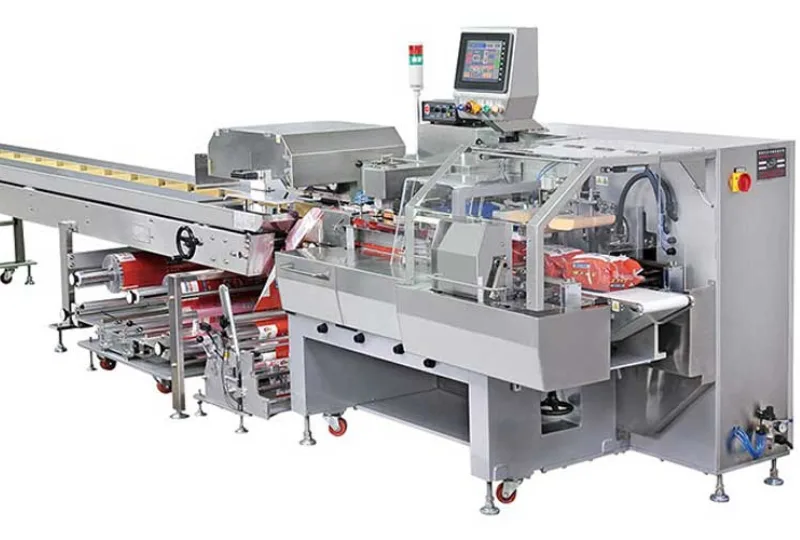 10
10Advanced Automatic Packaging Equipment for Efficient Production
11-10-2025



